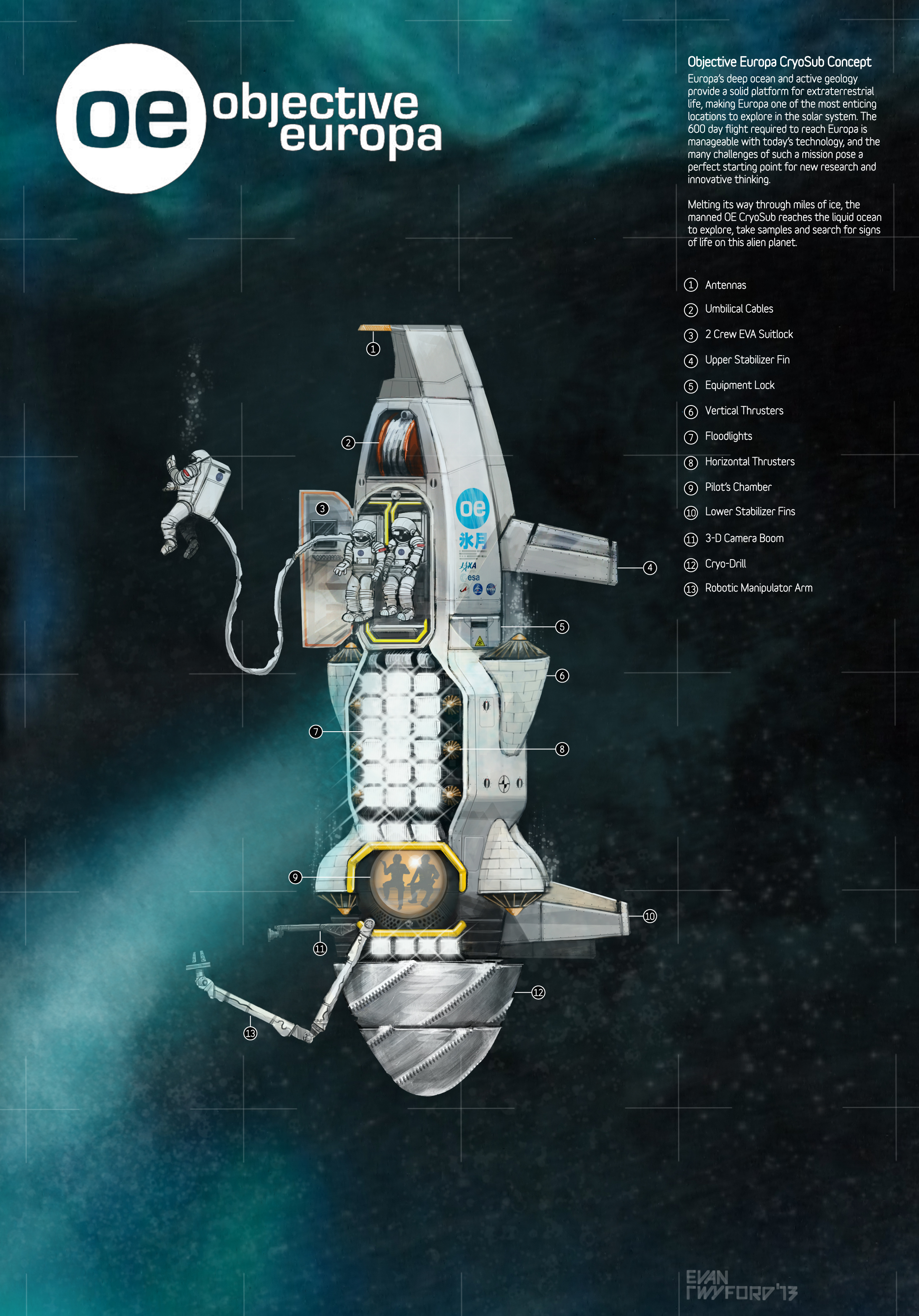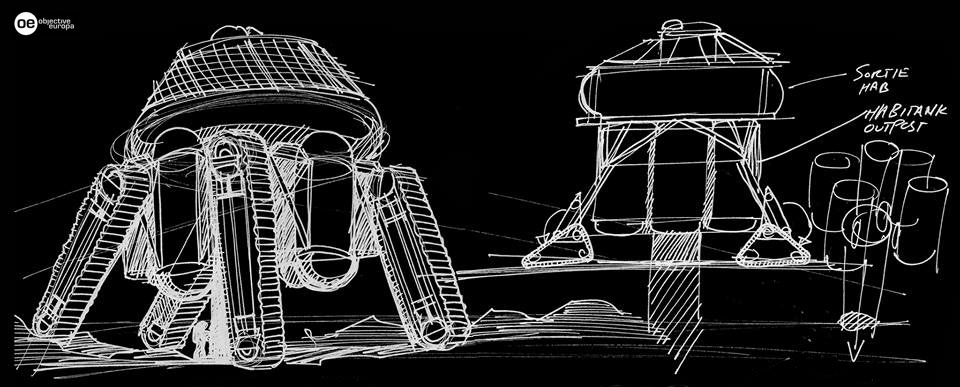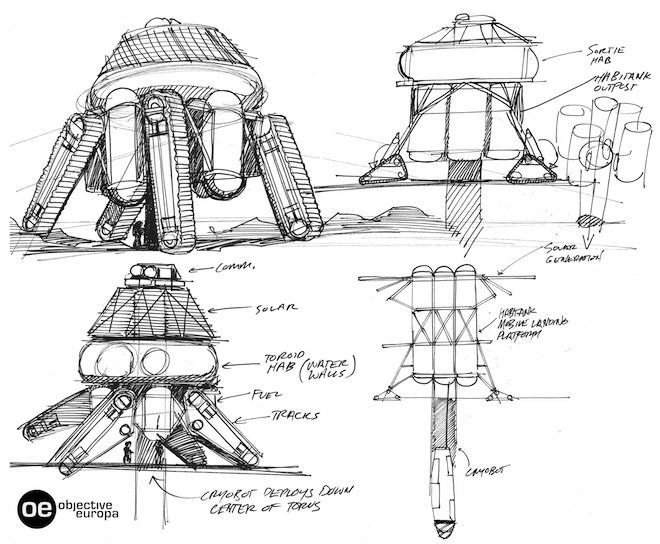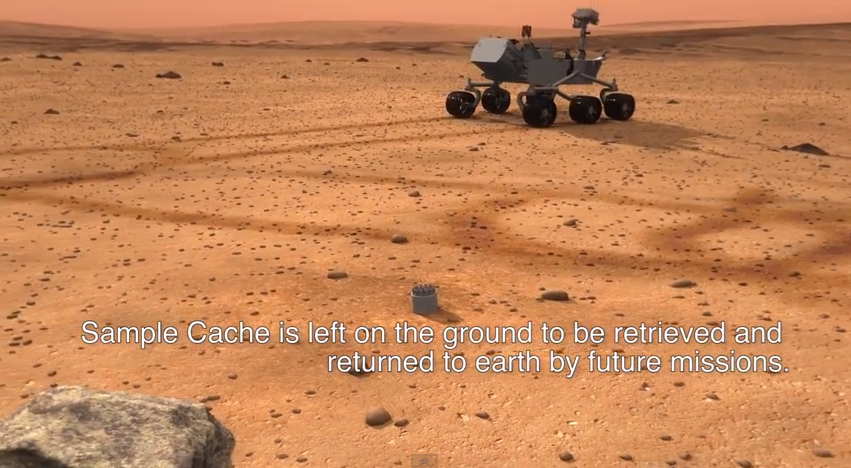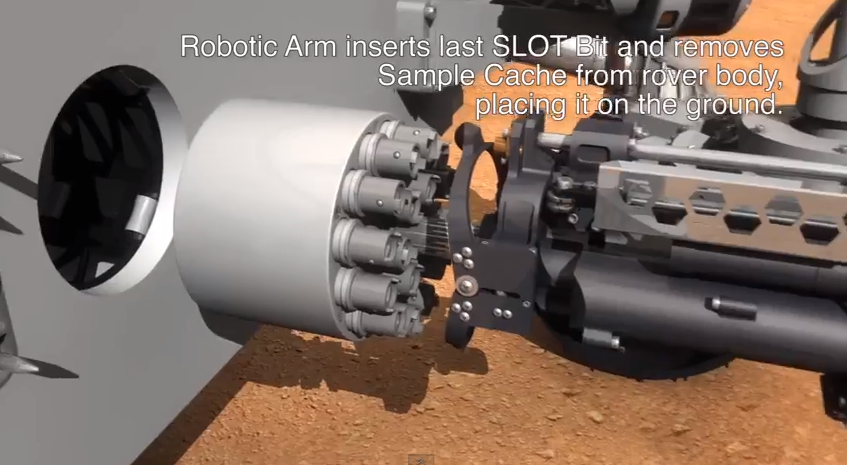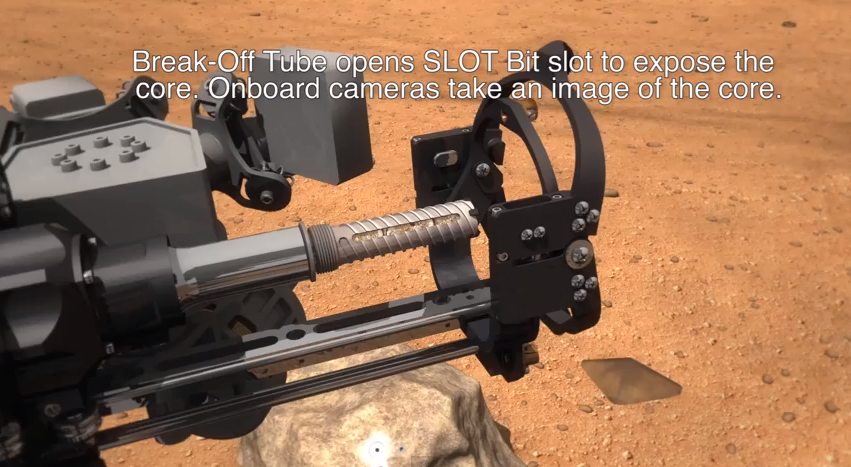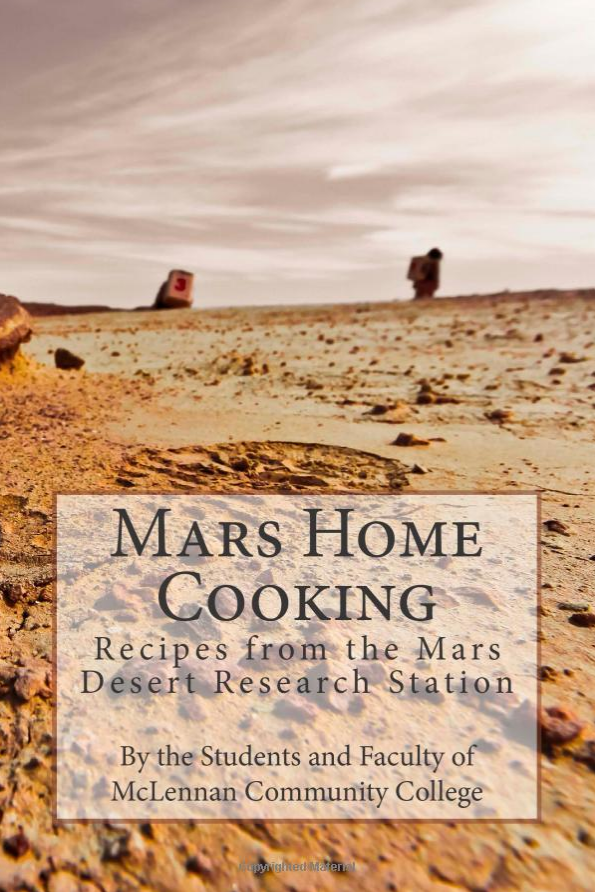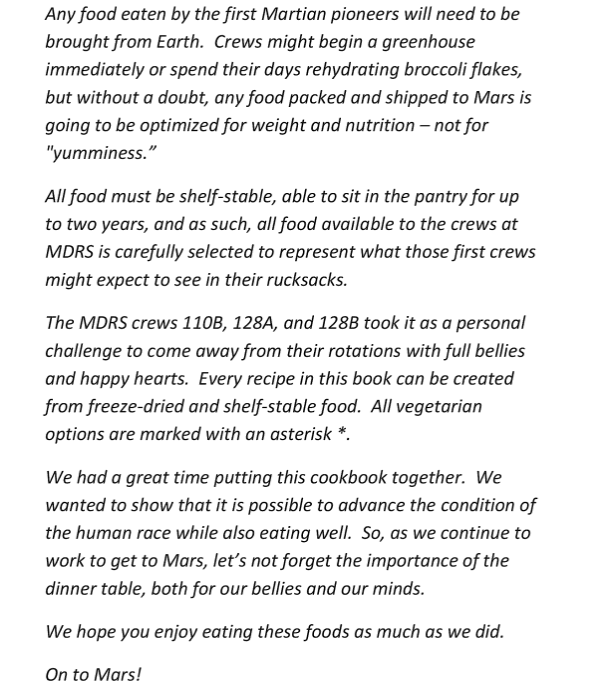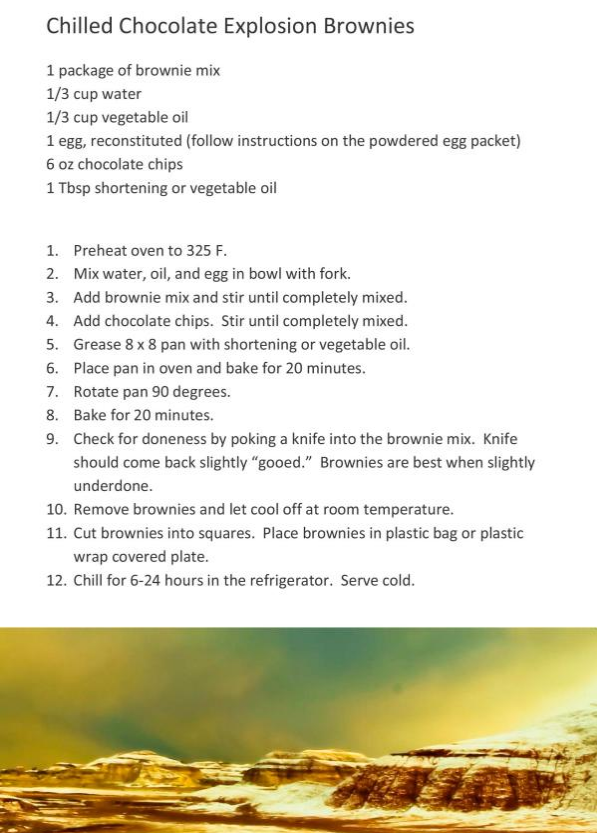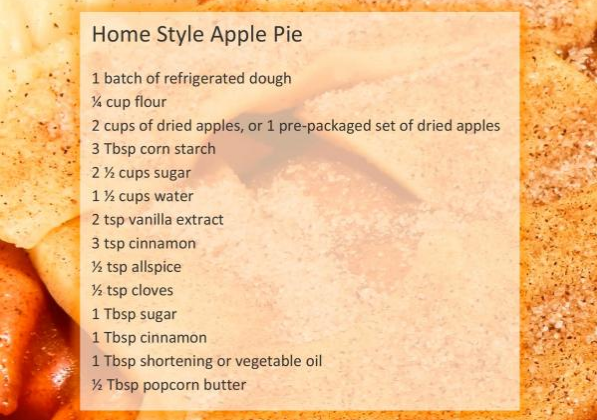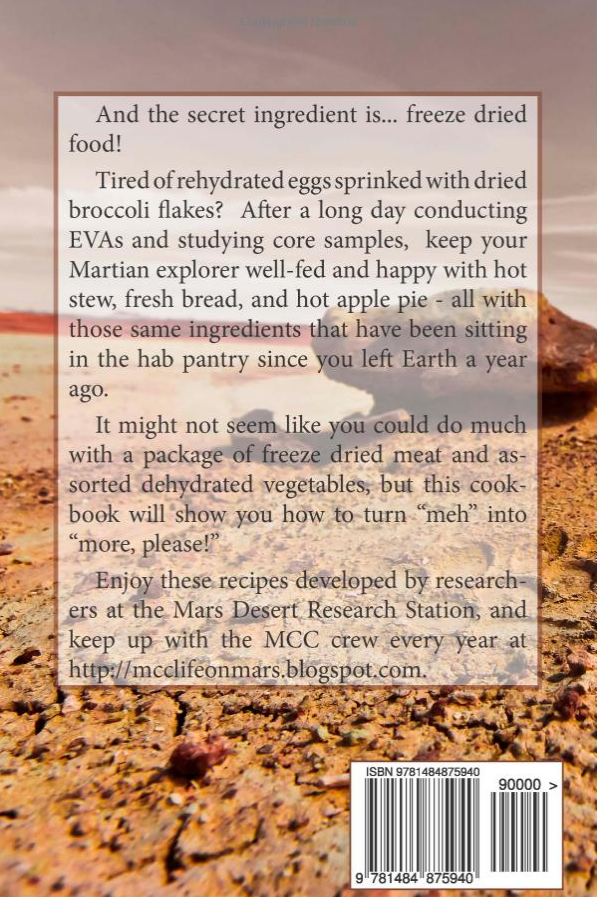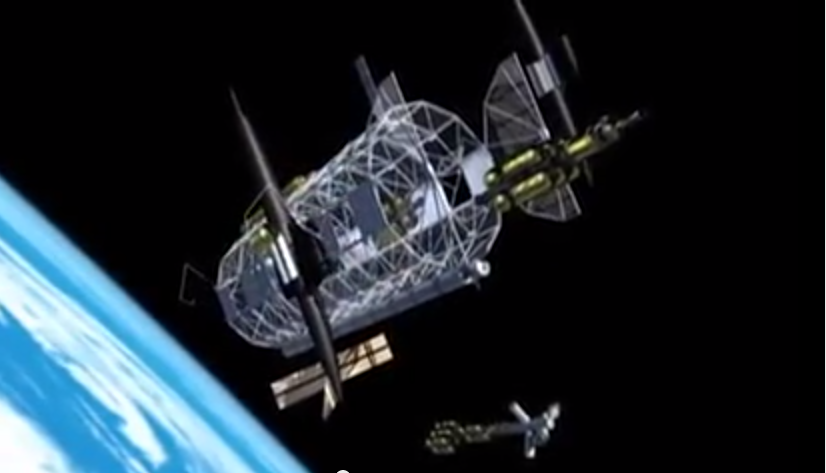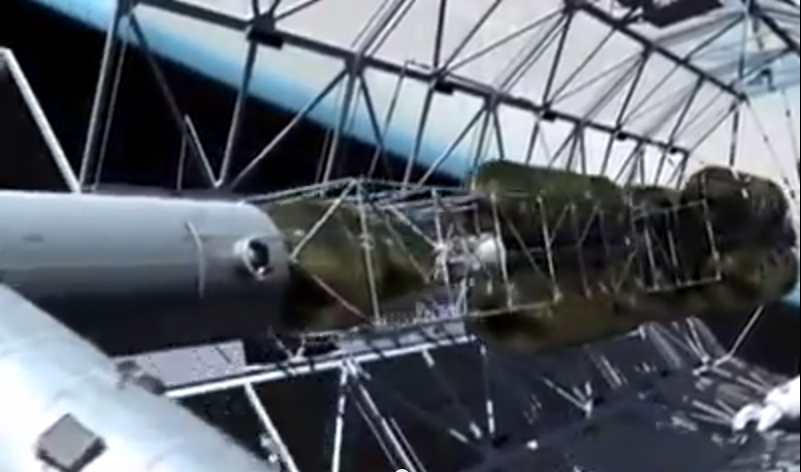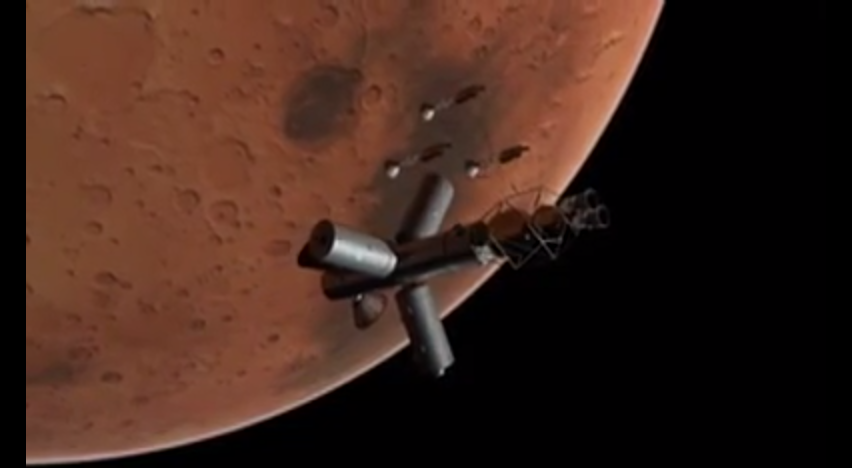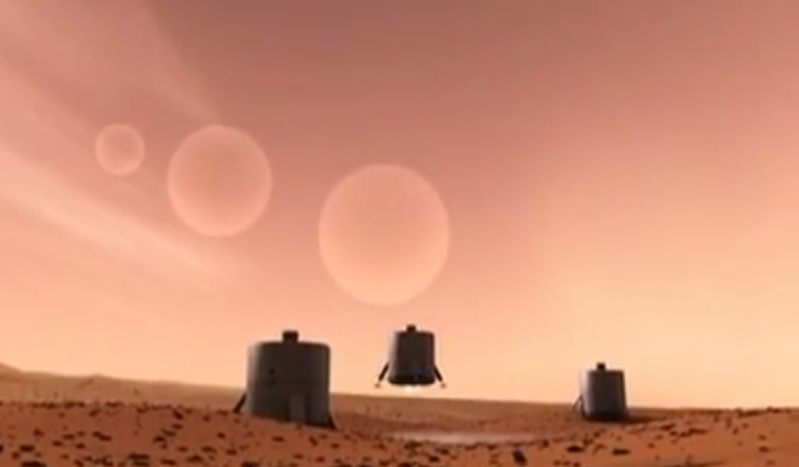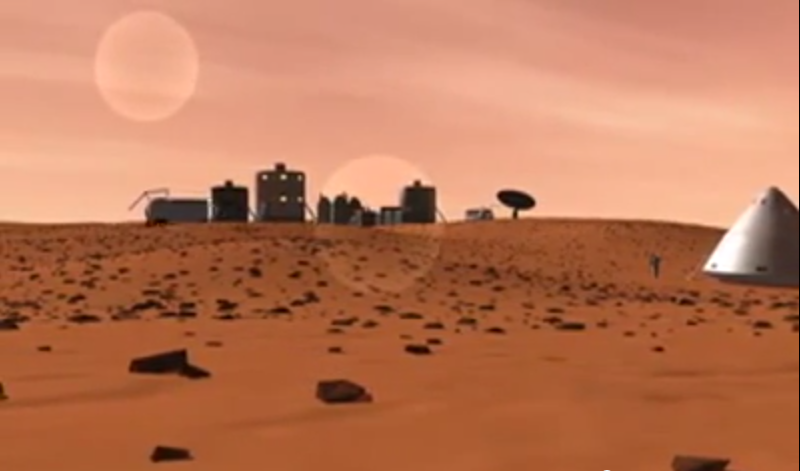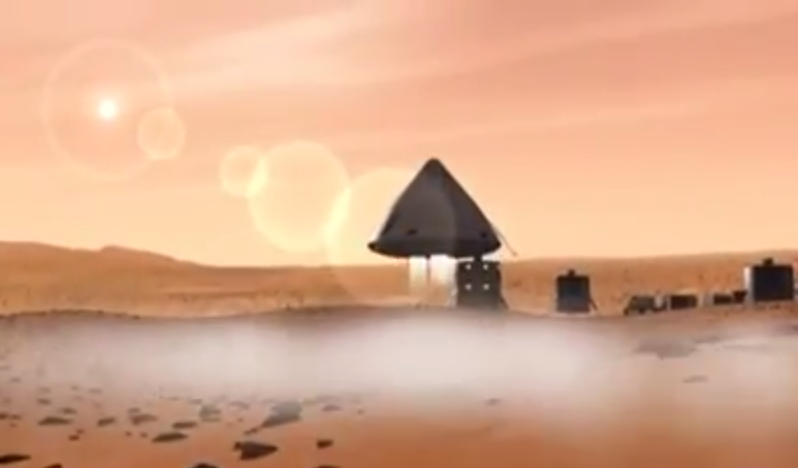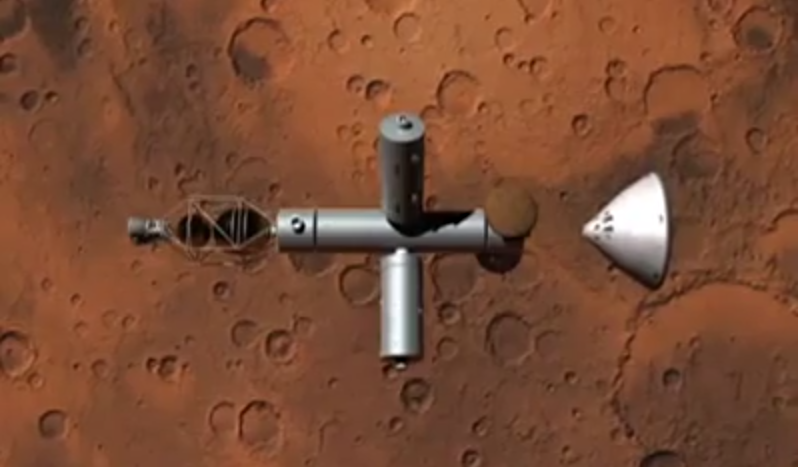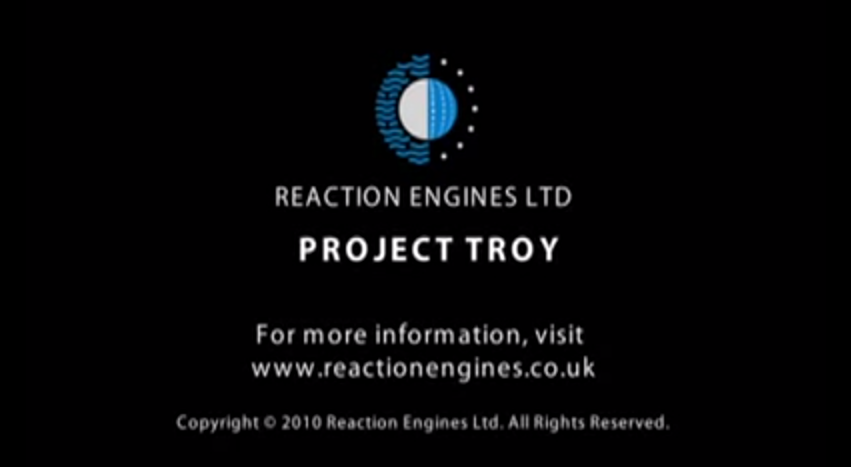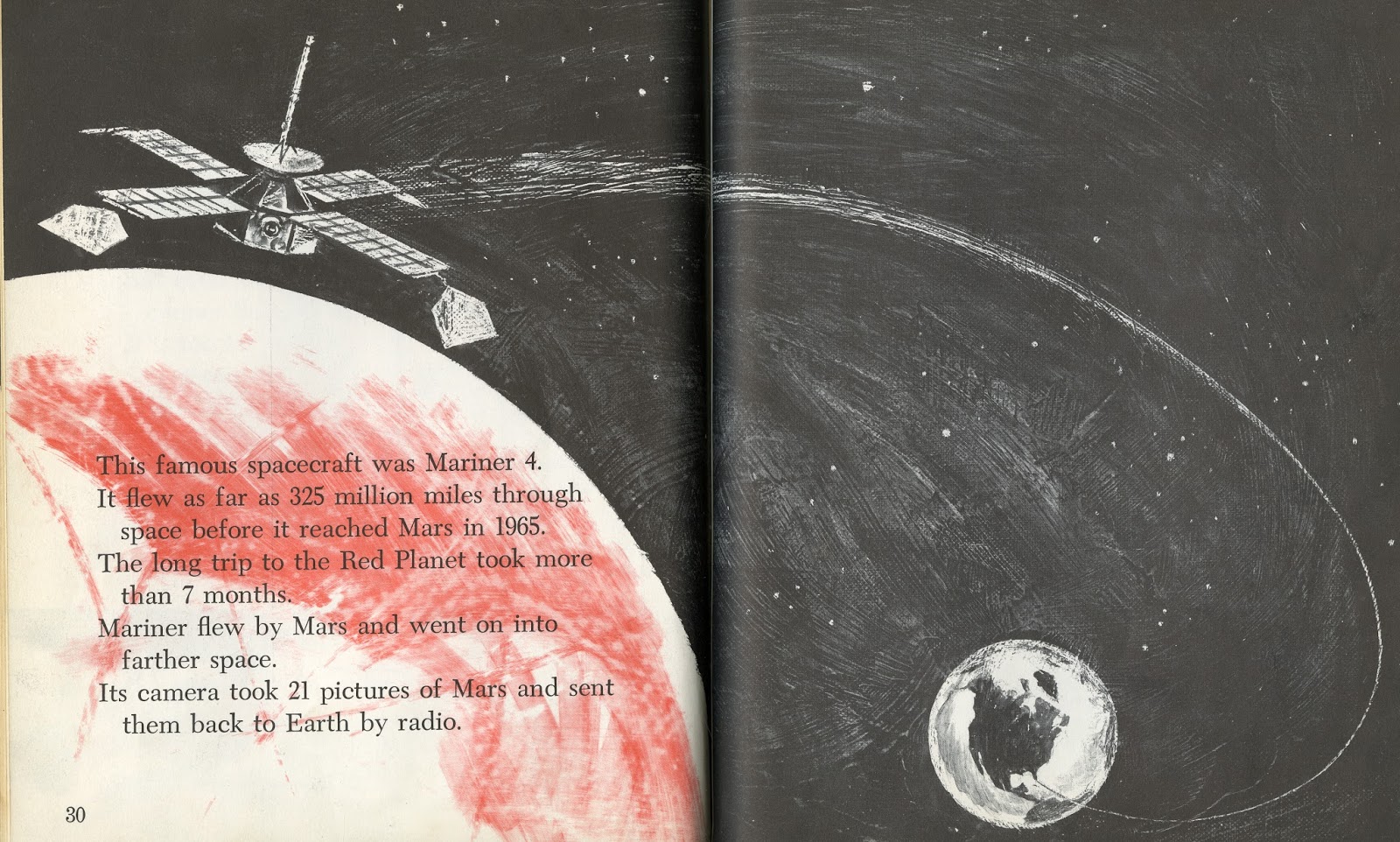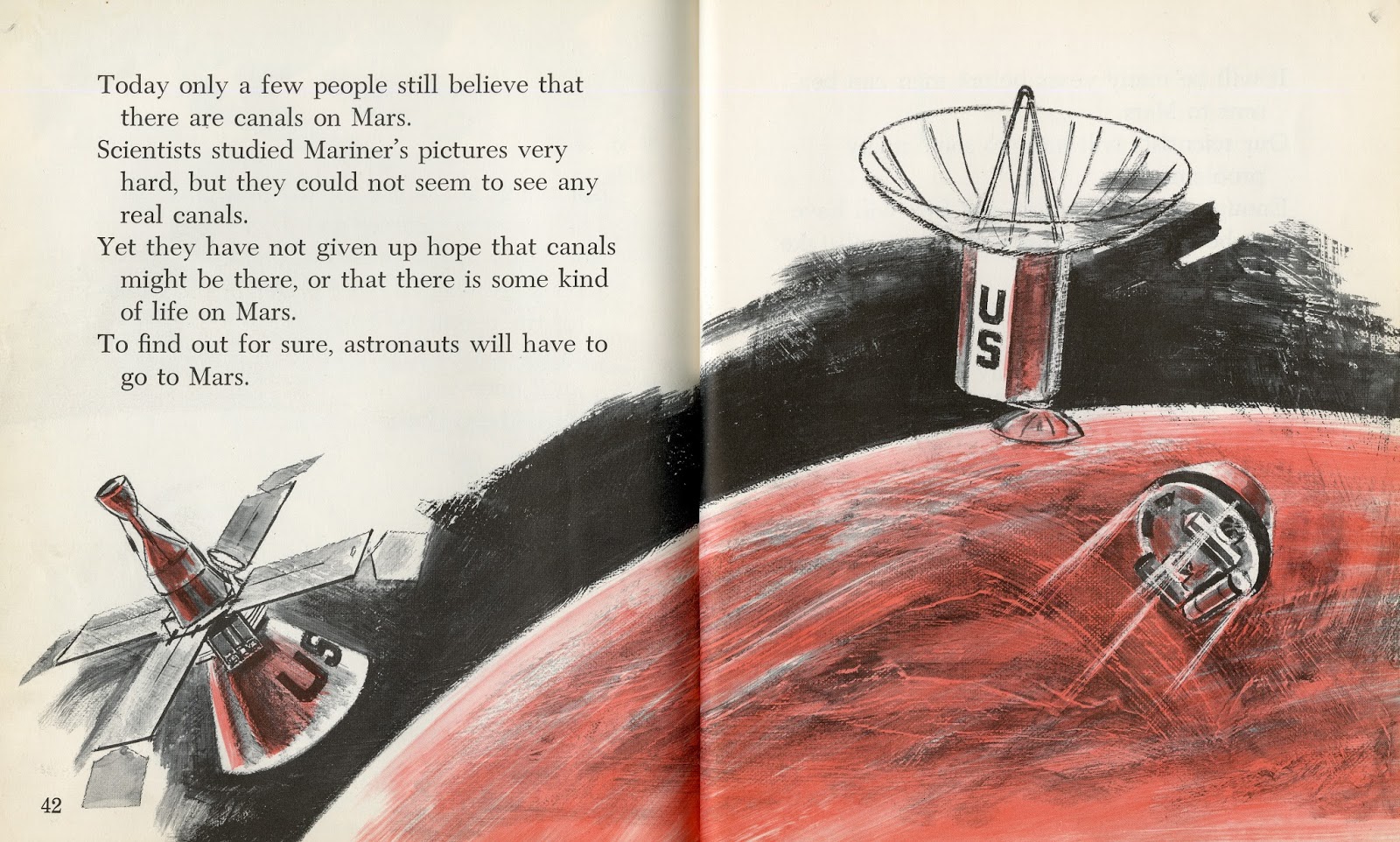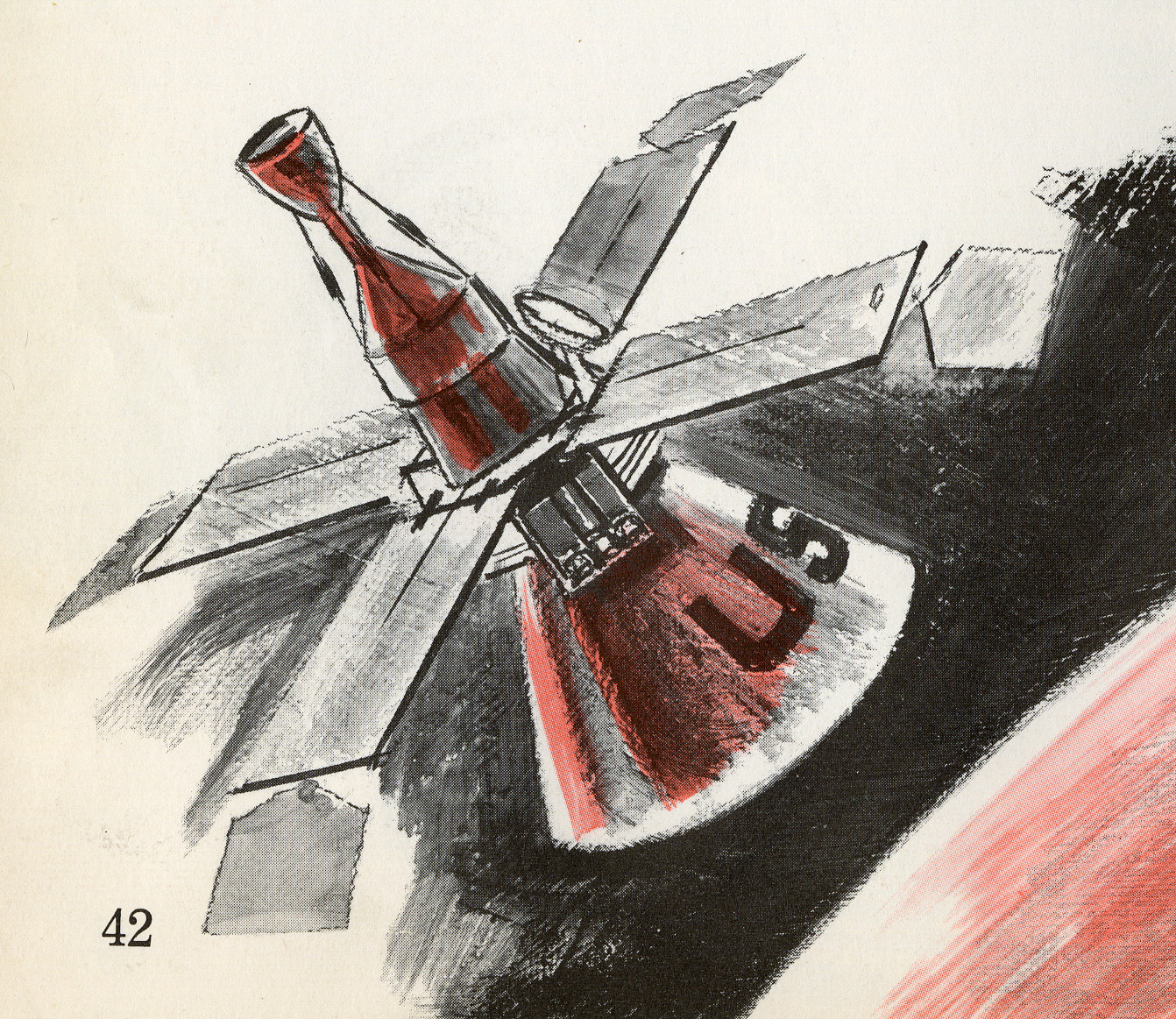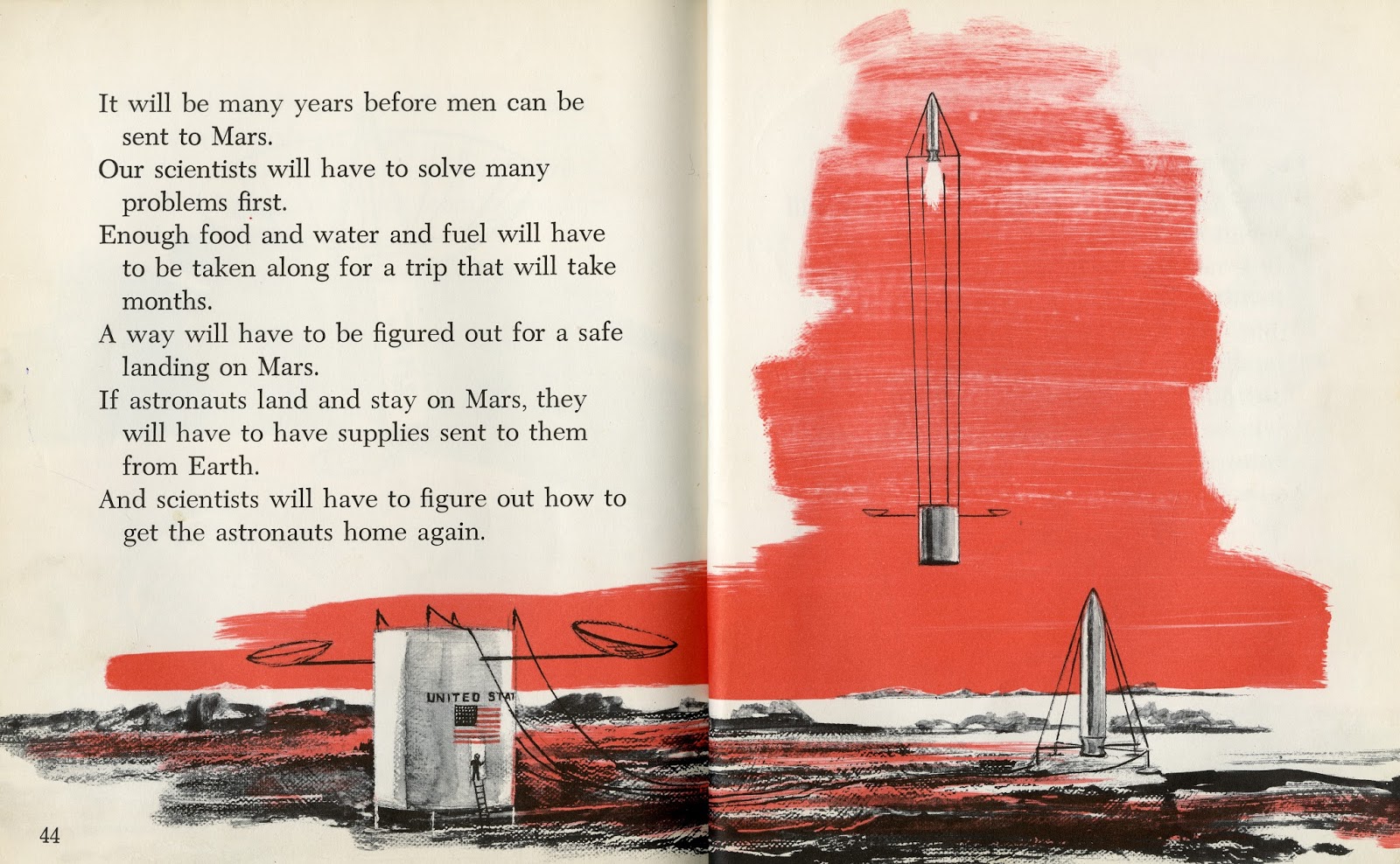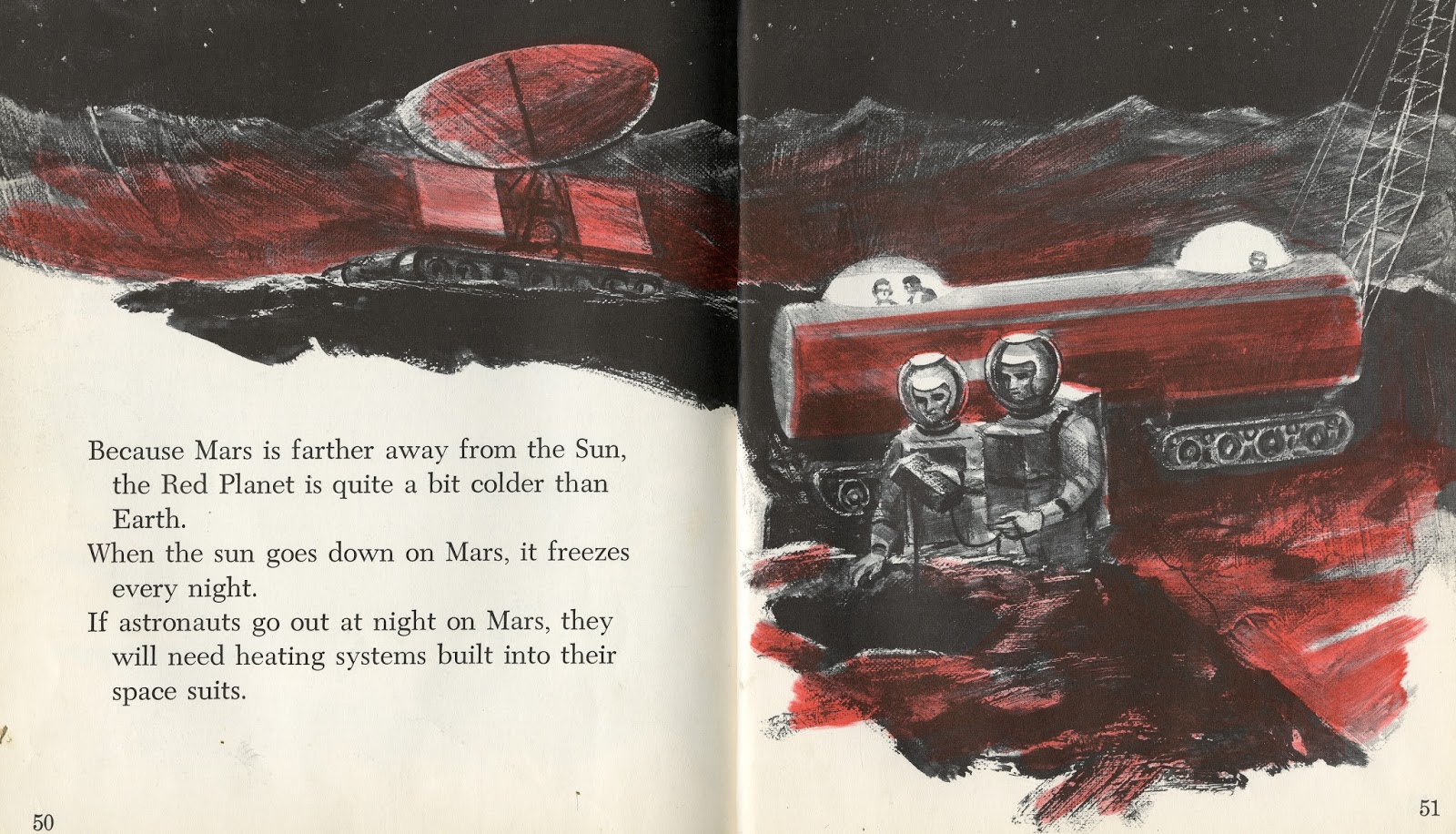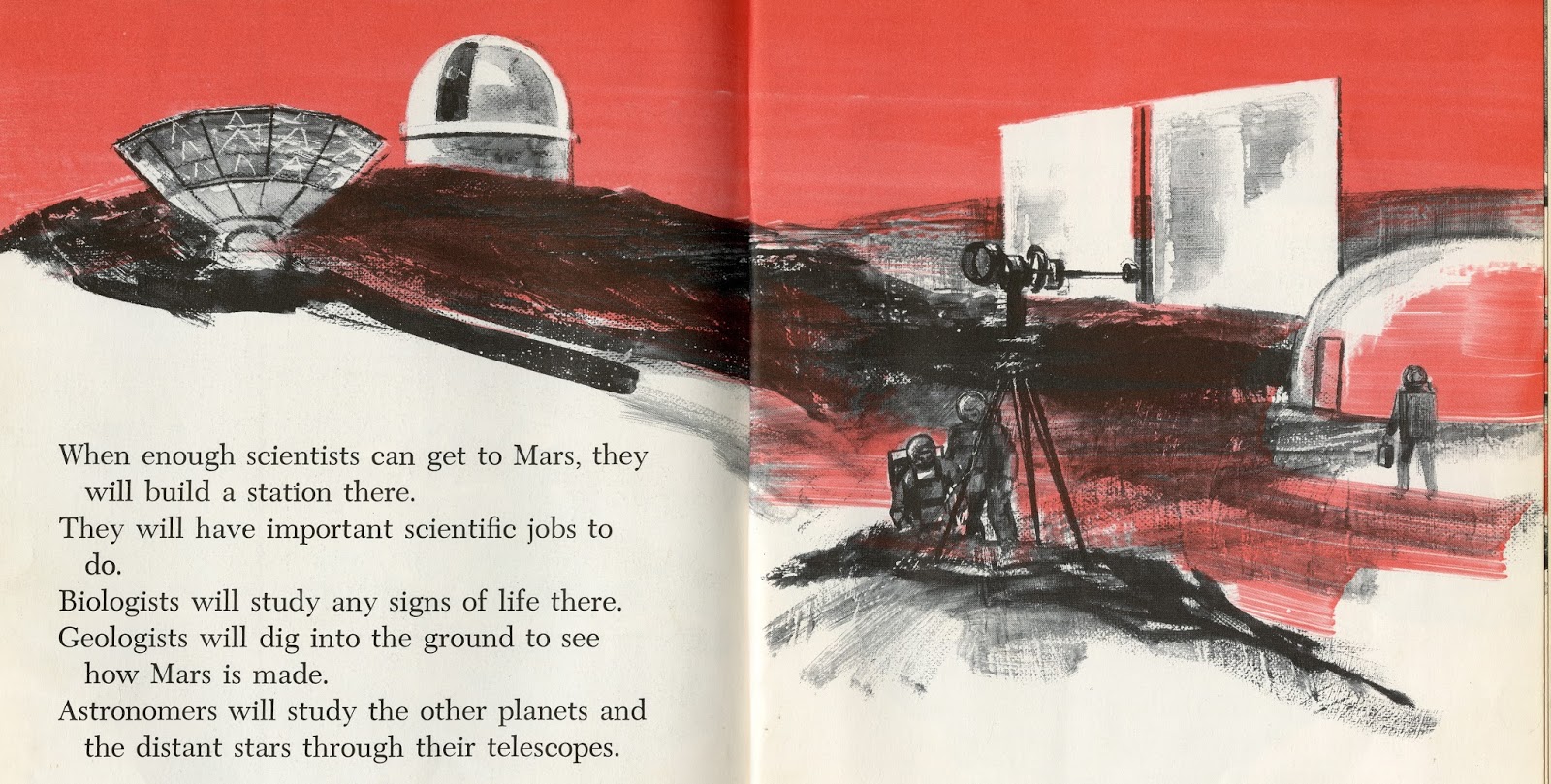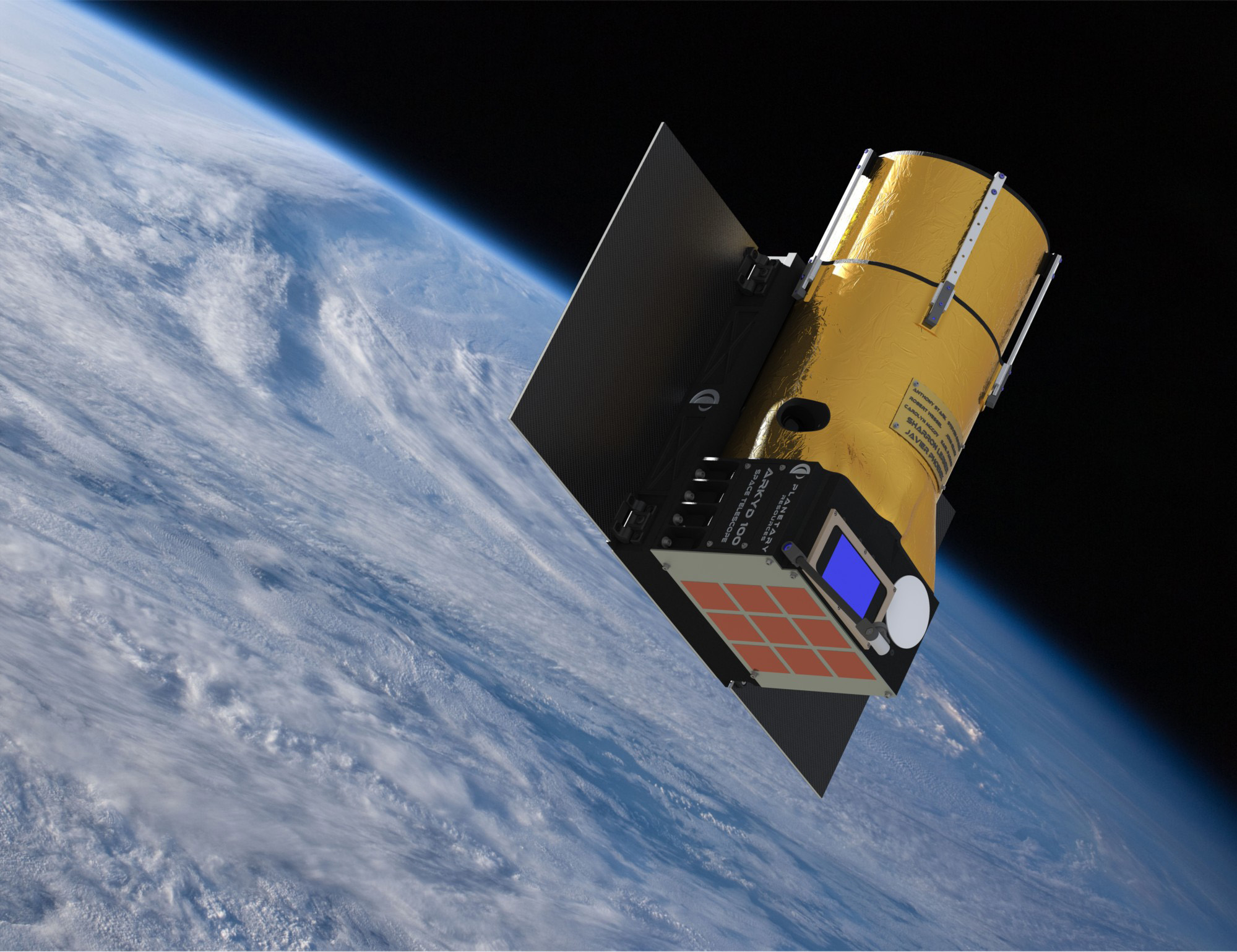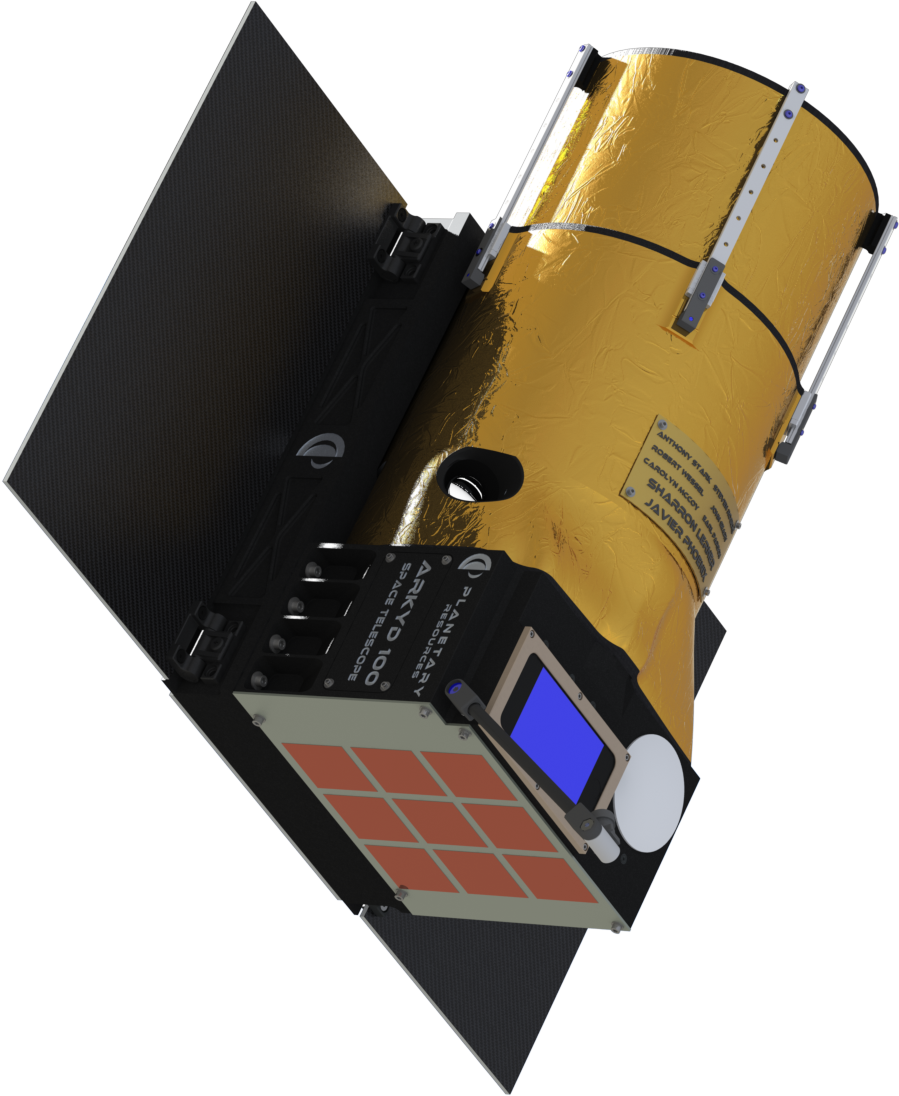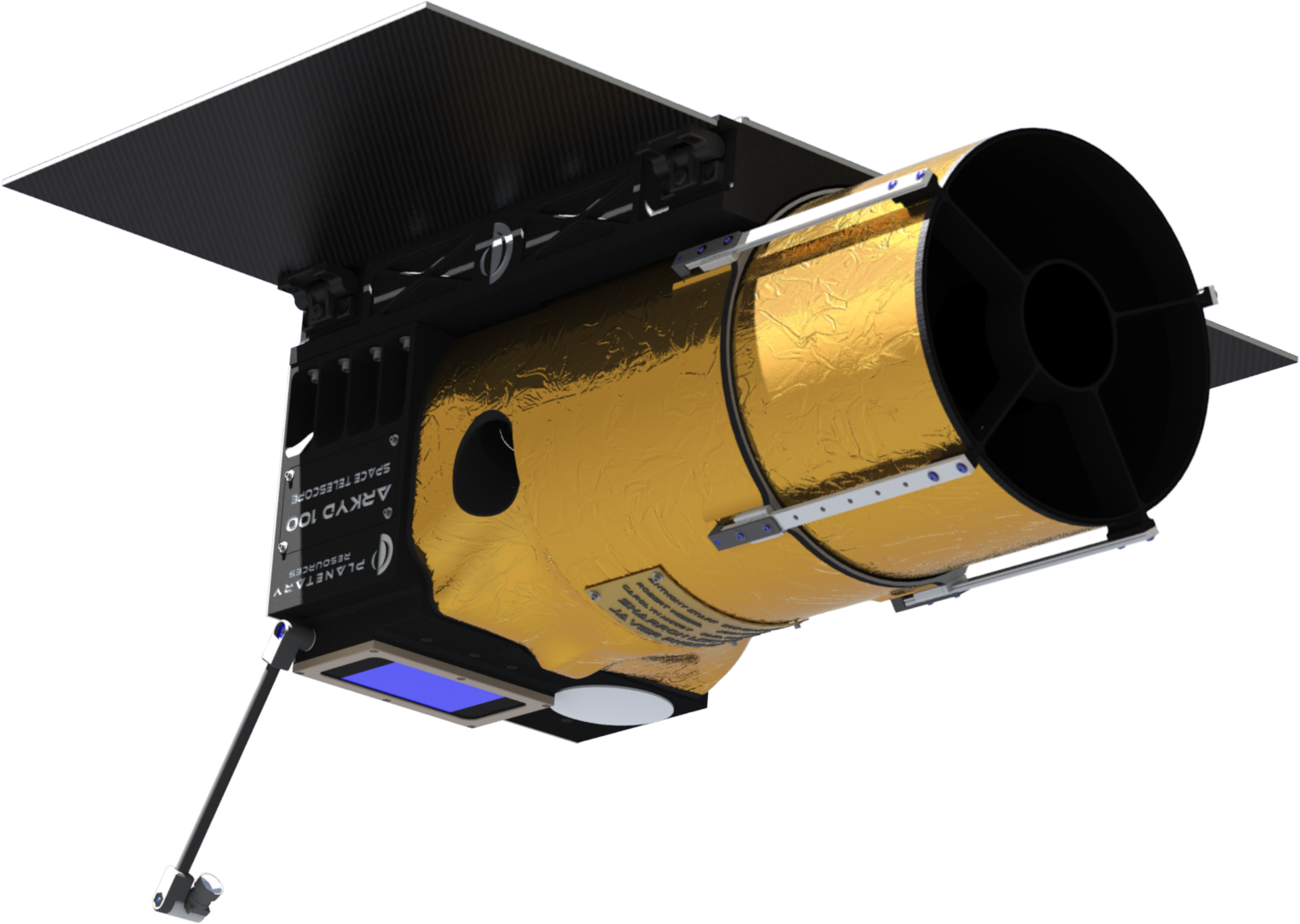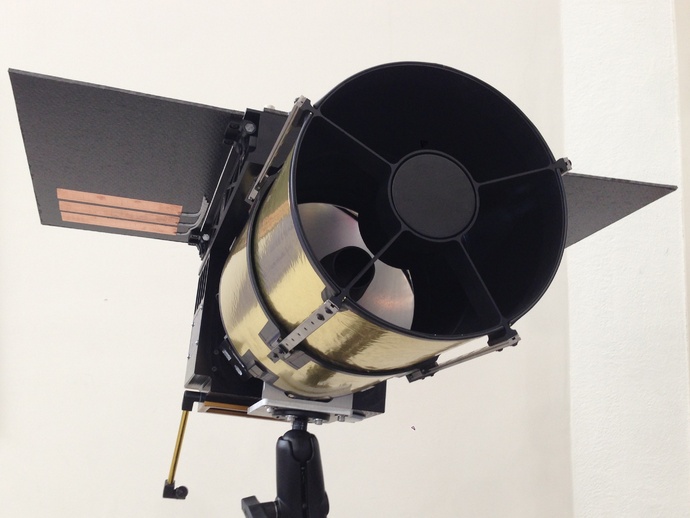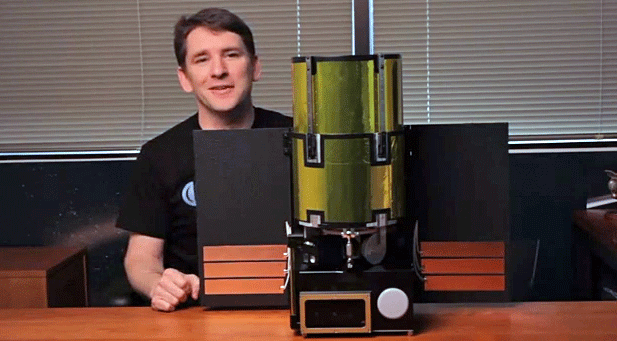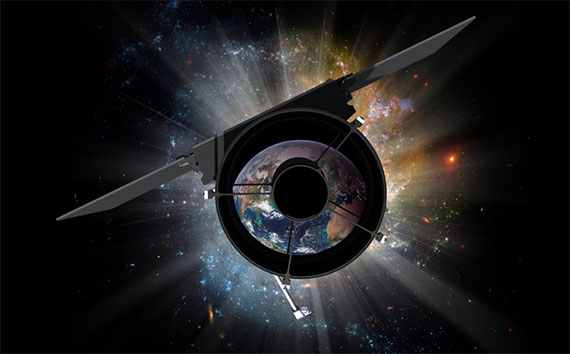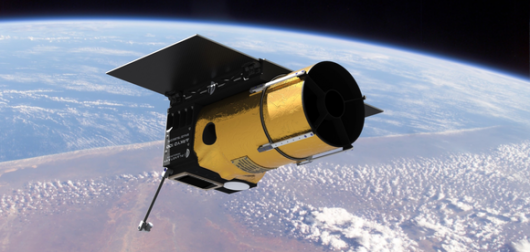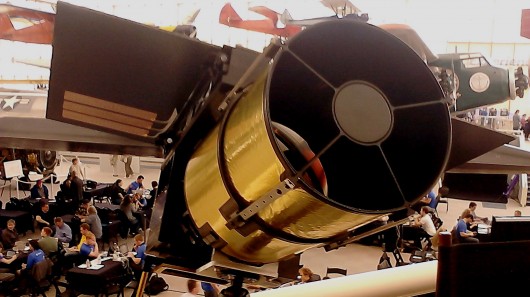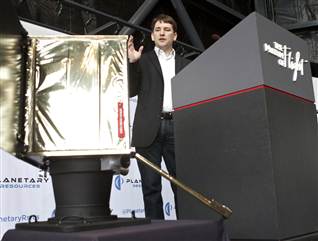Monthly Archives: September 2013
Moon Rotation Video Created From LRO Images
Ben Schweighart (Aero Animation): “Honeybee Robotics – Mars 2020 ‘SLOT bit’ Sample Acquisition and Caching Concept Animation”
April K. Andreas, Elaine Fagner, Nancy Ray-Mitchell: “Mars Home Cooking”
The Mars Desert Research Station (MDRS) is a lonely habitat in the desert outside of Hanksville, Utah, built for the express purpose of supporting scientific inquiry necessary for the human exploration of Mars. It is run by the Mars Society, an international nonprofit organization dedicated to promoting humans-to-Mars. Crews of six live at the hab for one- or two-week rotations and live as Mars pioneers may one day live: rationing water and food, completing otherwise-ordinary tasks in space suits, and generally trying to get along in cramped quarters.
Generally, the “Can We Get to Mars?” discussion focuses on rockets and fuel, feasibility, and cost. There are some, but very few, discussions that center on “what will we eat, once we get there?” At any other time in human exploration, settlers had an option of living off the land or bringing seeds and livestock with them. Mars makes this a tad difficult.
From a physiological point of view, one could argue the first Martians could sustain on protein powders and vitamin pills. However, from a psychological point of view, food matters. We know that Grandma’s fried chicken and blackberry casserole can make the most difficult of days bearable. Food is one of the three basic ingredients of life, and we are hard-wired to place quite the emphasis on what we eat.
Any food eaten by the first Martian pioneers will need to be brought from Earth. Whether crews begin a greenhouse immediately or spend their days rehydrating broccoli flakes, without a doubt, any food that is packed and shipped to Mars is going to be optimized for weight and nutrition, and not for “yumminess.”
All food must be shelf-stable, able to sit in the pantry for up to two years, and as such, all food available to the crews at MDRS are carefully selected to represent what those first crews might expect to see in their rucksacks.
The MDRS crews 110B, 128A, and 128B took it as a personal challenge to come away from their rotations with full bellies and happy hearts. Every recipe in this book can be created from freeze-dried and shelf-stable food. Vegetarian options are also included.
We had a great time putting this cookbook together. We wanted to show that it is possible to advance the condition of the human race while also eating well. So, as we continue to work to get to Mars, let’s not forget the importance of the dinner table, both for our bellies and our minds.
The Mars 101 crews appreciate the incredible support we’ve received from The Mars Society and from the MDRS food team volunteers: Jean Hunter, John Barainca, Stu Hunter, Shannon Rupert, Chuck Killian, Sian Proctor, and Sara Bradbury. We are also grateful to McLennan Community College for their support and strong commitment to undergraduate research.
We hope you enjoy eating these foods as much as we did.
On to Mars!
Adrian Mann: “TROY Mars Mission Concept”
Adrian Mann(2010) http://bisbos.com/
Reaction Engines Ltd: “The Troy mission concept arises from a feasibility study, performed to confirm the capability of the SKYLON launch vehicles does enable large human exploration mission to the planets.
The Troy mission is envisaged to be performed in two parts – an unmanned, precursor mission, and the later manned mission. Using SKYLON, the elements for the Troy ships are delivered to an Orbital Base Station, where the components are assembled. These components are designed to fit into the SKYLON payload bay, and have as much commonality as possible. The Precursor Ships comprise an Earth Departure Stage, a Mars Transfer Stage, three large Landing Modules, (one carrying rovers, one carrying power and propellant production plant, and one carrying an accommodation module), and a Ferry Vehicle for the journey to and from Mars orbit to the surface. Transit time to Mars would be 264 days, and on arrival, the three landing modules would be deployed to land at a pre-selected site, forming a base. Three Precursor Ships would be sent, forming three bases on Mars which would enable the rovers to reach more than 90% of the Martian surface.
The Earth Departure stages of the Precursor Ships would not achieve escape velocity, and would return to the vicinity of the Orbital Base Station after a period of 50 days, where they could be recovered and re-used in the Manned Ships. These Manned Ships would also comprise a Mars Transfer Stages, an Earth Return Stage, crew accommodation modules, and capsules for the return to Earth orbit. These ships would be despatched at the next launch opportunity, and take 251 days to reach Mars. On their arrival, they would dock with the waiting Precursor Ships and the crew transfer to the Ferry vehicles for the trip to the Martian surface, where they would land at the pre-prepared bases.The crews, each comprising 6 members, would spend 14 months exploring the Martian surface, making extensive use of the rovers.
Atmospheric processors at each of the three bases would collect gases, separating and storing them for use by the explorers and to provide propellant for the ferry vehicles.
At the end of the exploration phase, the crews would use the Ferry vehicles to leave the surface and dock with the orbiting missions ships, and from there begin the journey home. Once in the vicinity of the Earth, the return capsules would separate and perform an aerobraking manoeuvre in order to slow down to the point where they could dock with waiting SKYLONs for return to earth.”
Don Miller: “Let’s Find Out About Mars” Illustrations (1966)
Mars to Stay Cheerleaders
Advertising Subsidized ARKYD (unofficial mockup)
High Res: https://commons.wikimedia.org/wiki/File:Advertising_Subsidized_ARKYD_(artist%27s_mockup).png
Above is a textured mockup of an ARKYD partially funded by sponsors with demonstrated
interest in space exploration. The base model itself was rendered and provided by Planetary
Resources (see references and files below). This concept is not officially sanctioned by Planetary
Resources. Sponsors for the most part would not be visible in selfies or of course during flight –
but, could profit from worldwide exposure through pre-launch publicity.





